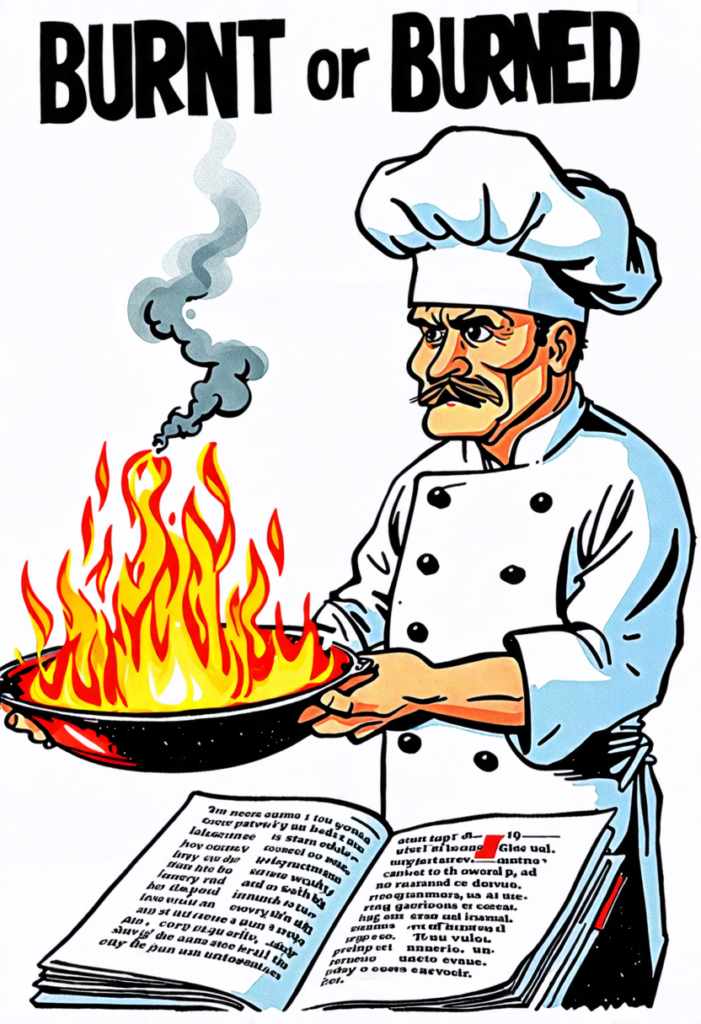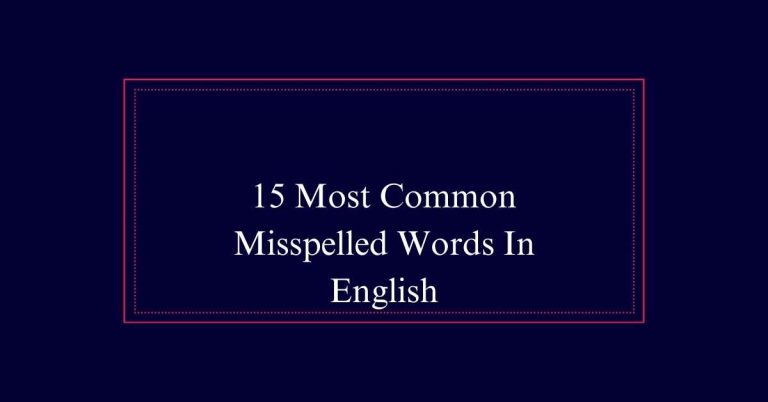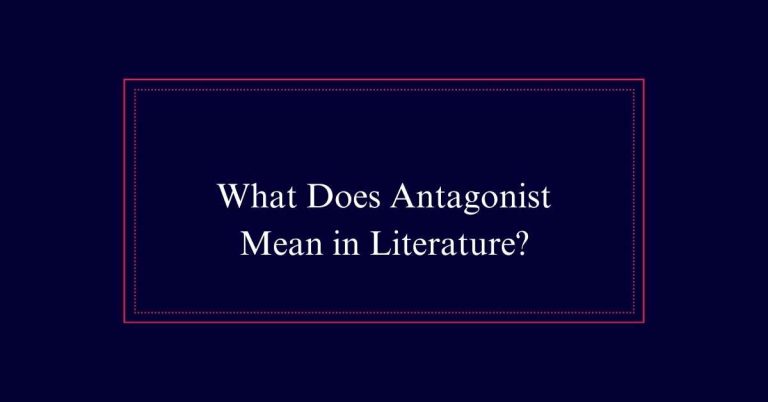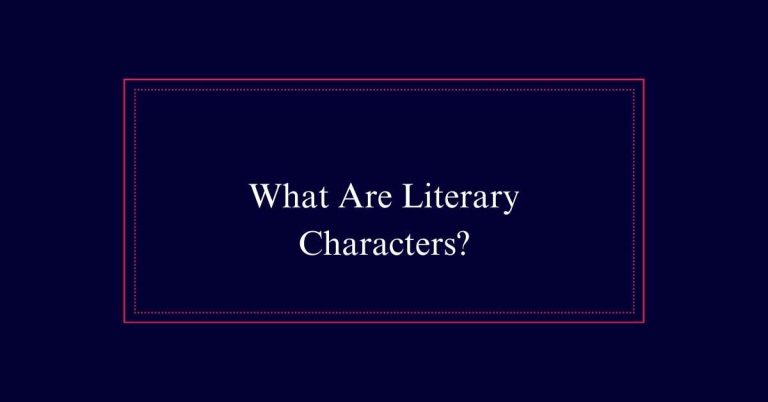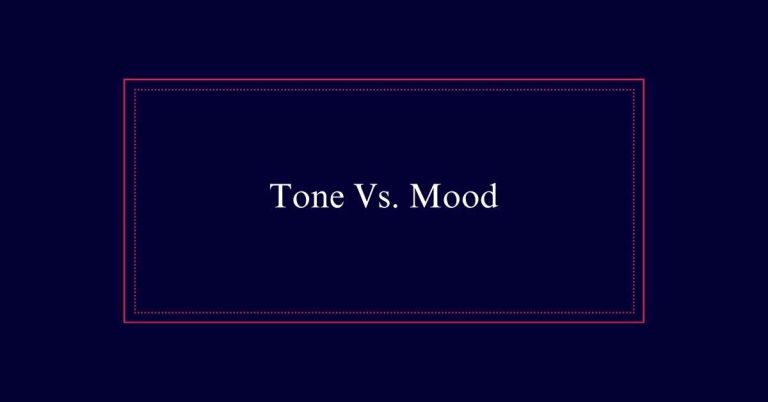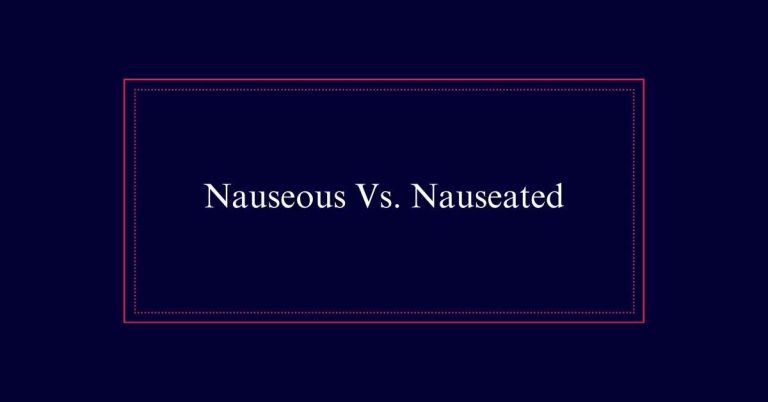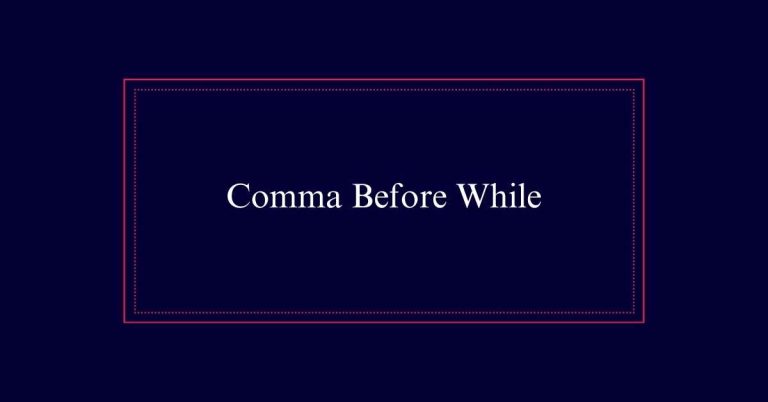Burnt or burned?
‘Burnt’ and ‘burned’ are variations of the past tense of the verb ‘burn.’ In American English, ‘burned’ is preferred for past actions, as it maintains clarity and uniformity in writing. For example, “The toast was burned.” ‘Burnt,’ however, is often used as an adjective to describe something charred like “burnt toast” or “burnt edges.” It is also common in color descriptions, such as “burnt sienna.”
Definition of Burnt
Although often confused with its counterpart, *burnt* is primarily an adjective in American English. It describes something that has been affected by burning, typically referring to a change in color or texture. Examples include phrases like ‘burnt toast’ or ‘burnt edges.’
This term is also used in specific color descriptions, such as ‘burnt sienna’ or ‘burnt umber,’ which are familiar in art and design contexts. While both *burnt* and *burned* are recognized as past tense forms of *burn* in dictionaries, *burnt* in American English is almost exclusively reserved for adjectival use.
Definition of Burned
In American English, *burned* is the past tense form of the verb *burn*. It is the preferred term when describing an action that has already occurred. This usage is important for maintaining clarity and consistency in writing.
Here are four key points to contemplate:
- Standard Usage: *Burned* is widely accepted and recommended for past tense situations.
- Clarity: Using *burned* aligns with common American English practices, reducing potential confusion.
- Professionalism: Adhering to standard language conventions enhances the credibility of your writing.
- Consistency: Consistently using *burned* helps maintain a uniform style in your work.
American English Preferences
American English preferences strongly favor the use of *burned* over *burnt* for past tense verb forms. This choice aligns with standard language conventions in the United States.
While both forms are recognized in dictionaries, *burned* is preferred in American English for past tense usage. Using *burnt* as a verb may attract criticism and appear less formal. Writers and speakers are advised to adhere to this preference to maintain clarity and professionalism.
Consistent use of *burned* can enhance communication and prevent misunderstandings. Understanding this distinction is important for effective writing. It maintains adherence to American English norms and contributes to clear, concise expression.
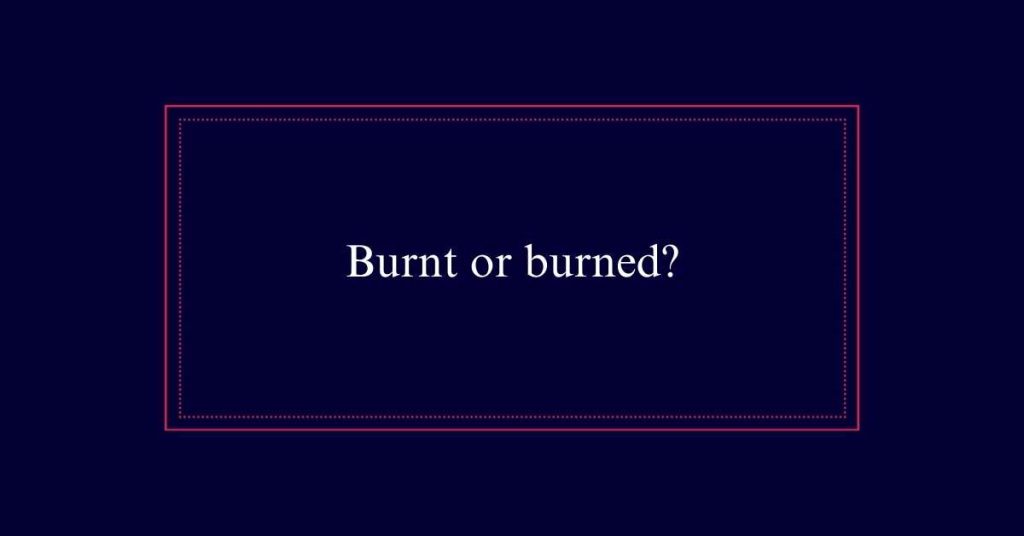
Adjective Usage of Burnt
How is the adjective *burnt* commonly used in American English?
In American English, *burnt* is typically used as an adjective to describe something that has been charred or scorched. The term conveys a specific state or quality and is not used as a past tense verb.
Here are some common contexts where *burnt* is used as an adjective:
- Food: Describing overcooked items, such as ‘burnt toast’ or ‘burnt cookies.’
- Surfaces: Referring to scorched areas, like ‘burnt wood’ or ‘burnt fabric.’
- Objects: Indicating items damaged by fire, such as ‘burnt paper.’
- Natural elements: Describing landscapes affected by fire, for example, ‘burnt grass’ or ‘burnt forest.’
Color Descriptors
Besides its use in describing charred items, *burnt* is also a common term in color descriptions.
Shades like burnt sienna and burnt umber are familiar to many, especially in art and design contexts. These colors evoke a sense of warmth and richness, often resembling the hues of natural earth tones.
The term *burnt* in these instances is exclusively adjectival, describing specific shades rather than the result of burning. This usage highlights the versatility of the word in different contexts.
Understanding these color descriptors can enhance communication, especially in fields that rely on precise color terminology. It is essential to recognize how *burnt* functions in these settings to convey the right visual impression.
Writing Clarity
Ensuring writing clarity involves understanding and correctly using language distinctions like *burned* and *burnt*. This distinction can have a notable impact on the readability and professionalism of your writing.
Here are four key points to keep in mind:
- Past Tense Consistency: Use *burned* for the past tense of *burn* in American English to avoid criticism.
- Adjective Use: *Burnt* is suitable as an adjective, especially in color descriptions like burnt sienna.
- Reader Expectations: Meeting reader expectations by using standard forms enhances comprehension.
- Professionalism: Adhering to established language norms, such as preferring *burned* for past actions, reflects attention to detail and professionalism.
Regional Variations
Regional variations in language usage can greatly influence how words like *burned* and *burnt* are perceived and employed. In American English, *burned* is the preferred past tense form of the verb *burn*, while *burnt* is mainly used as an adjective.
Conversely, British English often uses *burnt* as both a past tense verb and an adjective. These differences can lead to misunderstandings if not properly acknowledged.
Writers and speakers must be aware of these regional distinctions to guarantee clear communication. Understanding these variations is essential for those who work in international settings or with diverse audiences.
Adhering to the preferred usage in each region enhances linguistic accuracy and professionalism.
Language Conventions
Understanding language conventions is essential for clear and effective communication. These conventions guide the proper use of words, ensuring that the intended message is conveyed accurately. In American English, distinguishing between *burnt* and *burned* is a prime example.
Here are four key points to remember:
- Adjective vs. Verb: *Burnt* is typically used as an adjective, while *burned* is the past tense of the verb *burn*.
- American Usage: American English prefers *burned* for past tense verbs to maintain consistency.
- Clarity in Writing: Using the correct form enhances readability and professionalism.
- Color Descriptors: *Burnt* is often used in color names, such as burnt sienna, without causing confusion.
Frequently Asked Questions
Can *Burnt* Be Used Interchangeably With *Burned* in British English?
In British English, *burnt* and *burned* can be used interchangeably as past tense forms of *burn*. Both forms are acceptable, although *burnt* is more commonly used as an adjective. Consistency in usage is recommended.
How Does Using *Burnt* Versus *Burned* Affect Reader Perception in American English?
Using “burnt” instead of “burned” in American English may affect reader perception by suggesting a lack of adherence to standard language conventions. This can impact the perceived professionalism and clarity of the writing.
Are There Specific Contexts Where *Burnt* Is Preferred Over *Burned* Globally?
Globally, *burnt* is preferred in specific contexts such as describing colors (e.g., burnt sienna) and certain culinary terms (e.g., burnt toast). Outside of these contexts, *burned* is generally favored for past tense usage.
Do Other Verbs in English Have Similar Variations Like *Burnt* and *Burned*?
Yes, other verbs in English have similar variations. For example, “learned” and “learnt,” “dreamed” and “dreamt,” “spelled” and “spelt.” These variations often depend on regional preferences between American and British English.
